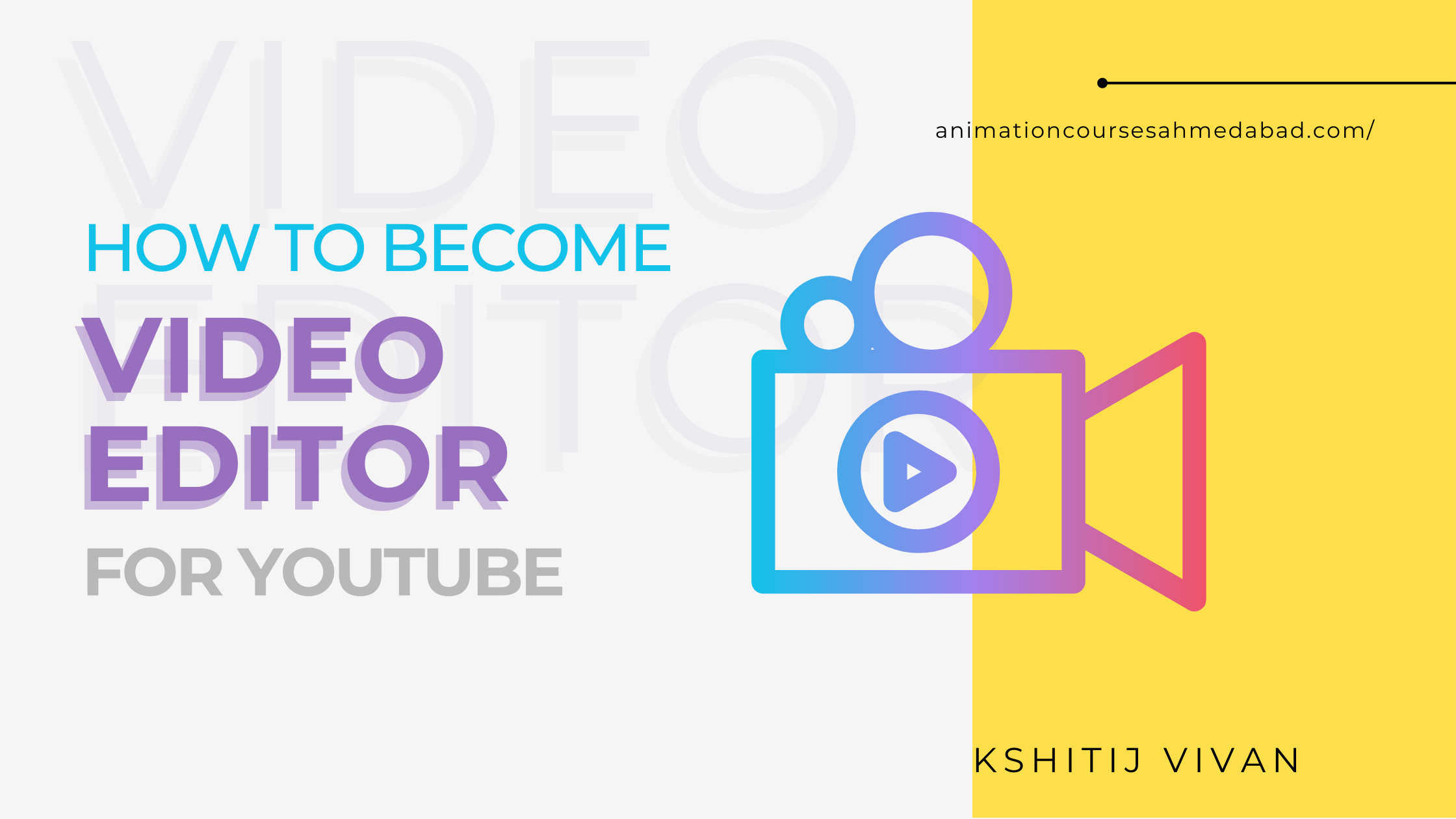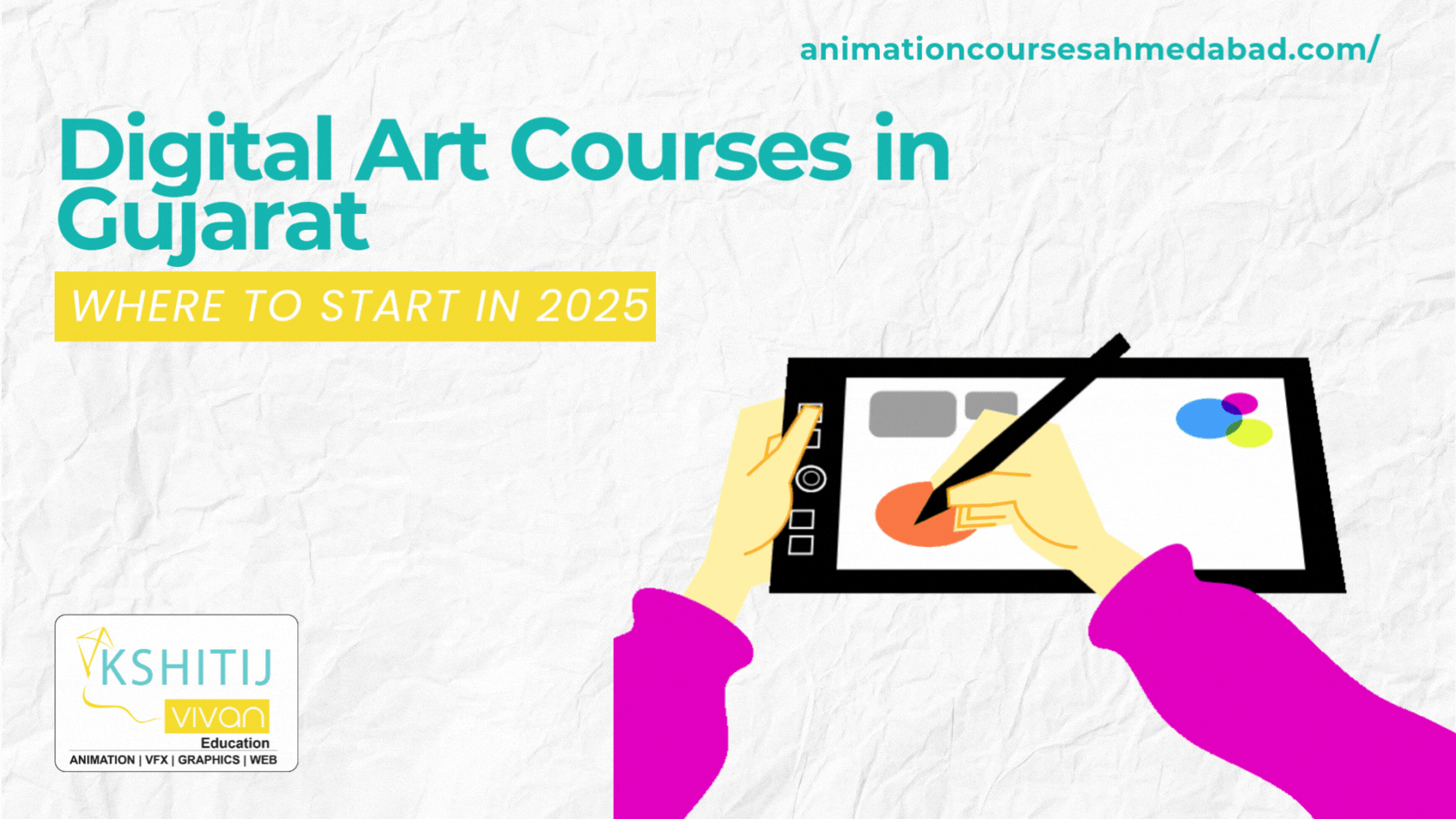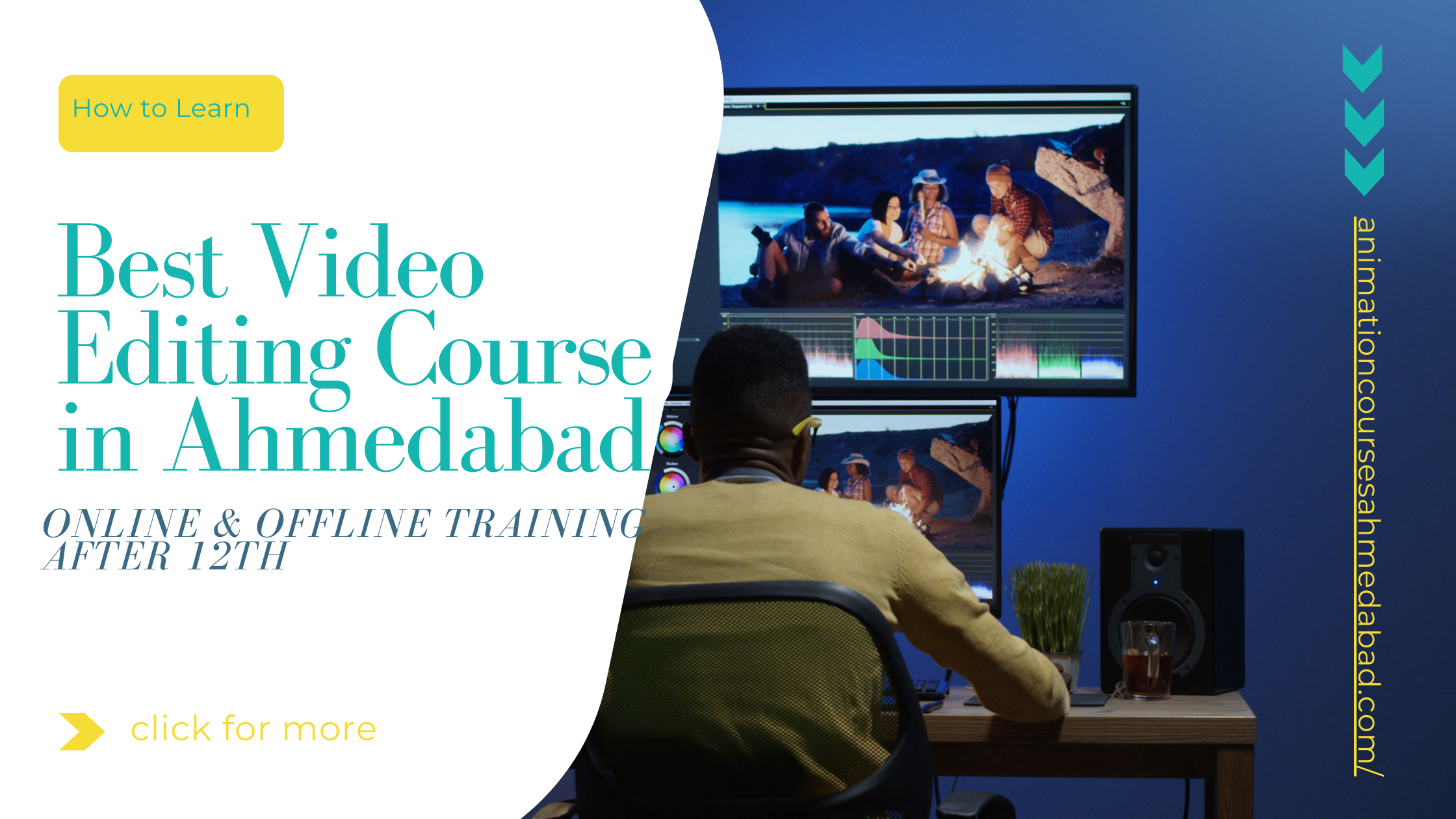
How to become a video editor for YouTube in 2023?
Becoming a video editor for YouTube is a rewarding profession. You get to work with some of the best creators in the world,
and you'll be making videos that people will watch for years to come.
It's not easy, but with hard work, filmmaking skills, and determination,
anyone can become a successful youtube video editor!
How YouTube editing is a beneficial profession
YouTube editing is a great profession because you can do it from home.
This is beneficial because you don't have to spend time commuting and you can work around your schedule.
Being a YouTube editor can also be very rewarding, as there are many perks associated with this job.
For example, since the demand for YouTube content is so high,
the pay will usually be very good compared to other professions in the same field. You'll also get to work on fun projects that could be educational or just entertaining for others!
Here learn why joining a video editing course is always a great choice.
What is video editing?
Video editing is the process of manipulating and combining raw video clips into a finished work.
A video editor can work in many different fields, including film, television, and commercial production.
Some editors choose to specialize in specific areas of editing such as music videos or commercials.
A key part of being a good editor is the ability to use software to assemble a final cut of a video that will be acceptable for inclusion in a project.
This requires an understanding of how each different type of software works
so that you can combine them effectively to create the desired effect.
Which skills a video editor required
To become a video editor for YouTube, you need to have the following skills:
Video editing skills.
You need to be able to add text and graphics, change color and contrast levels,
insert transitions between clips and scenes, etc.
Graphic design skills.
You may be asked to create animated titles or
other graphic elements that make up your video's content (i.e., its story).
Audio editing skills.
This involves recording voice-over narration for your videos
or layering music tracks underneath them
so that everything flows together smoothly when viewed on screen by viewers at home or work!
Editing skills in general
this means knowing how much footage should go into each scene before cutting away from it briefly during playback;
it also means being able to fix any mistakes made during filming sessions (such as moving objects accidentally out of focus).
Parts of any YouTube videos channel
The first thing you see when you visit a channel is the video name and description.
The description of your channel should be as detailed as possible,
including who it’s for and what the content will be about.
Youtube Video Title:
This is what will appear on your YouTube page when people search for it or visit it directly in their browser.
It should include keywords that relate to your brand
or product so that people can find you more when they are looking around.
Video Description:
Write a brief paragraph describing what kind of videos you intend to make with this account;
this could be something like "I'm here to share my love of DIY projects." You can also include links within this section
this way, viewers who aren't sure if they're interested can check out some examples before deciding whether
or not they want more content from you!
Get started editing
Editing is the first step to making a video. You must start editing as soon as you have your footage.
Editing is just as much of a creative process as it is a technical one,
so don't be afraid to experiment with different effects during this stage! This is also the time to get feedback from others on what they like and dislike about your final product.
If you're looking for inspiration on how to edit your videos and make them more engaging,
here are some ideas:
Make your work.
The best way to learn how to use video editing software is by making your videos.
This means you need to invest in some video recording equipment,
and you must do this right away so you can start posting work on YouTube
or Vimeo as soon as possible.
It's also important that the content of your videos be original
and not just copied from other people's work.
You should try to be creative, even if it means filming yourself reading a book
or talking about something that interests you instead of making a tutorial video (which is usually boring).
As long as there's quality in what you're doing, then go ahead
and be original!
Don't let fear stop you from trying new things; don't let mistakes hold back progress either!
Learn the software inside and out.
To become a successful video editor, you'll need to learn the software inside and out. You'll want to know how each tool works, and how it's used in different situations.
This can be a challenging task -
there are thousands of individual buttons and settings that must be memorized over time.
It may help if you learn one specific feature at a time, such as color correction or motion effects.
Once you've mastered one piece of software,
move on to another one like it (for example Adobe Premiere Pro).
After your second program is under your belt,
try something completely different (such as Final Cut Pro X).
The more tools are available in your arsenal, the more versatile an editor you'll become!
Work on your communication skills.
You will also have to have great communication skills. You need to be able to communicate with your clients, colleagues,
and of course, teammates who will be working on your video.
Don't be afraid to ask for help.
Don't be afraid to ask for help. A lot of people think that asking for help is a sign of weakness, but nothing could be further from the truth.
When you're working on something as big as making a video,
it can be easy to feel overwhelmed by all you don't know or understand.
The key here is communication; if someone knows more about something than you do (or vice versa),
don't be afraid to reach out and ask them questions!
The worst thing anyone can do is give bad advice just
because they want everyone else around them to think they're smart
no one likes talking down on others like that anyway!
Learn how to make color corrections.
Color correction is the process of changing the color of an image to make it more pleasing to the eye.
You can use color correction to correct the color balance of an image,
correct its saturation and create special effects like blurring and sharpening.
Color correction is usually done in post-production,
but you can also learn how to do it before you shoot your video.
This makes sense if you are shooting outdoors on a cloudy day,
or if you will be filming in different lighting conditions throughout your video
for example when taking footage inside a building during the day and then outside at night.
Decide what kind of video editor you want to be.
The first step in becoming a video editor is deciding what kind of video editor you want to be.
Some many different jobs and roles fall under the umbrella of “video editing”:
editorial, documentary, corporate or commercial.
Each has its own set of equipment requirements, skills needed and software used.
Editorial Video Editors choose the best scenes from hours upon hours of footage
and string them together into an engaging story with music, voice-over, and special effects (SFX).
Documentary Video Editors work closely with filmmakers
to create films that tell stories through interviews, archival footage, and narration.
Corporate/Commercial Video Editors create promotional videos using b-roll footage;
they also edit scripts into polished pieces suitable for broadcast on television
or online distribution via social media channels like YouTube or Vimeo
Take care of your equipment.
You'll want an ergonomic keyboard; if possible, try out several different models
until you find the one that feels best for typing on. You might even invest in a mousepad with wrist support if it doesn't come with your computer or laptop.
It's also important to keep all of your gear clean so nothing becomes damaged or stops working.
Finally, don't forget about regular maintenance
to clean out dust from vents every once in a while!
Investing time into these activities will help keep everything running smoothly over long periods.
Kshitij Vivan's Video Editing Course + Graphic Design
If you want to start editing videos for YouTube, then you must have a good knowledge of Adobe Premiere Pro.
This is where Kshitij Vivan's Video Editing Course + Graphic Design comes in handy.
It guides you through all the important aspects of video editing and gives useful tips on how to create effective videos.
The course also covers how to create graphics for your YouTube channel or website using Photoshop.
You will learn how to use it effectively
while making your videos look more professional and appealing to viewers.
Conclusion
If you are looking to become a video editor for YouTube, then this is the right place for you.
We have covered all the information you need to know about becoming a video editor and what skills are required.
You can also read the article on Kshitij Vivan's Video Editing Course here.



